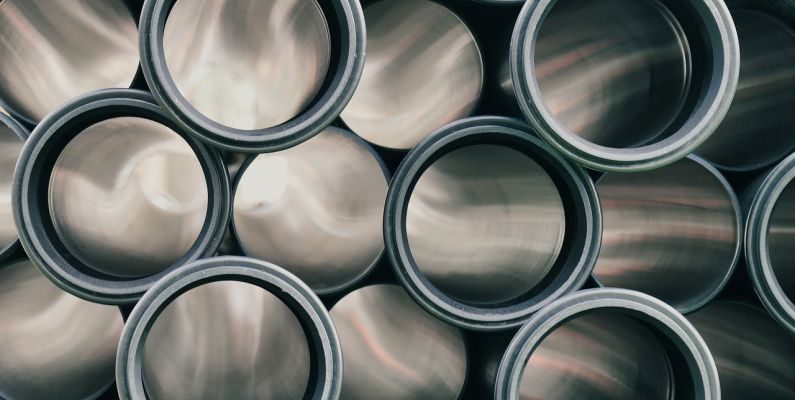In the realm of industrial operations, energy consumption plays a pivotal role in determining the overall cost efficiency of a business. Among the various strategies available to reduce energy costs, upgrading to efficient lighting systems has emerged as a popular and effective solution. This article delves into the potential benefits of implementing efficient lighting systems in industrial settings and explores how such upgrades can lead to significant cost savings.
The Impact of Lighting on Energy Consumption
Lighting is a fundamental aspect of any industrial facility, providing illumination for tasks, safety, and productivity. However, traditional lighting systems, such as incandescent or fluorescent fixtures, are notorious for their high energy consumption and inefficiency. In contrast, modern LED lighting technologies offer a more energy-efficient alternative, consuming significantly less electricity while providing the same or even higher levels of illumination.
Enhanced Energy Efficiency
By upgrading to energy-efficient lighting systems, industrial facilities can immediately reduce their electricity consumption and, consequently, lower their energy bills. LED lights, in particular, have a longer lifespan than traditional lighting sources, which translates to reduced maintenance costs and fewer replacements. Moreover, LEDs produce less heat, further contributing to energy savings by decreasing the workload on cooling systems in the facility.
Improved Lighting Quality and Productivity
Efficient lighting systems not only benefit a company’s bottom line but also enhance the overall working environment for employees. LED lights offer superior quality of light, including better color rendering and reduced flickering, which can lead to improved productivity and employee well-being. Proper lighting levels and quality are crucial in industrial settings where precision and attention to detail are paramount.
Environmental Sustainability
In addition to cost savings and productivity improvements, efficient lighting systems align with the growing emphasis on sustainability and environmental responsibility in the industrial sector. By reducing energy consumption, businesses can lower their carbon footprint and contribute to a greener future. This dual benefit of cost savings and environmental stewardship makes the transition to efficient lighting systems a compelling choice for industrial operations.
Making the Transition
While the initial investment in upgrading to efficient lighting systems may seem daunting, the long-term benefits far outweigh the costs. Many energy companies offer incentives and rebates to encourage businesses to adopt energy-efficient technologies, further easing the financial burden of implementation. By conducting a thorough energy audit and working with lighting professionals, industrial facilities can tailor their lighting solutions to maximize energy savings and cost efficiency.
In conclusion, the implementation of efficient lighting systems in industrial settings presents a promising opportunity to reduce energy costs, enhance productivity, and promote sustainability. By embracing modern lighting technologies, businesses can illuminate their operations in a brighter and more cost-effective manner.

